CERN’s Large Hadron Collider has detected the signals of two new four-quark states that are unusual because of their charges and their quark compositions.
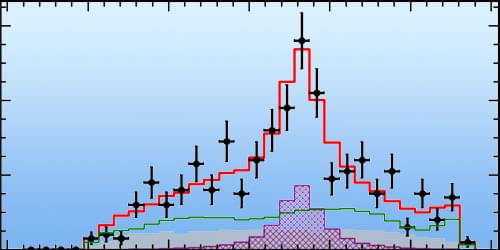

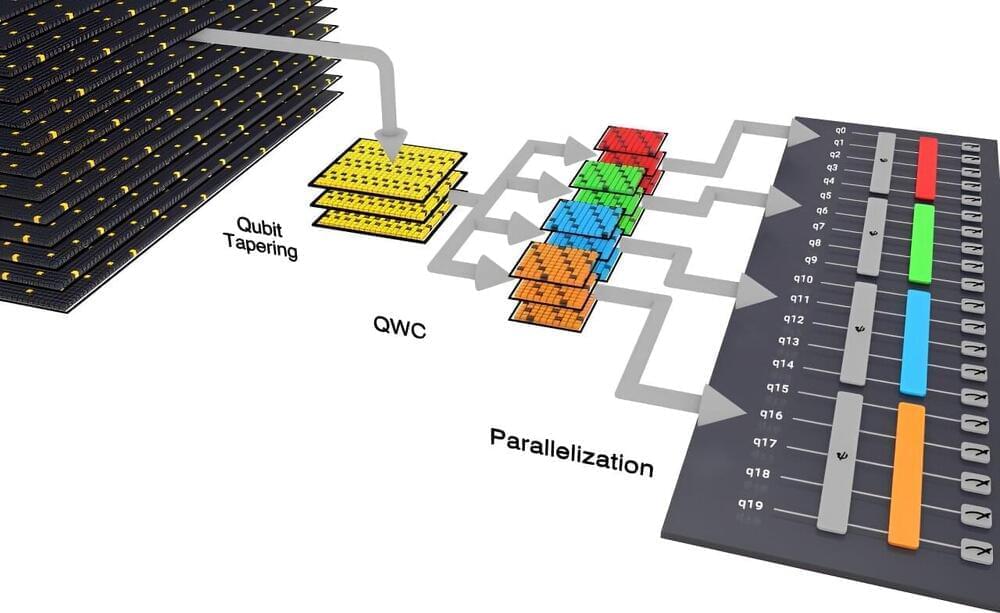
Using the full capabilities of the Quantinuum H1-1 quantum computer, researchers from the Department of Energy’s Oak Ridge National Laboratory not only demonstrated best practices for scientific computing on current quantum systems but also produced an intriguing scientific result.
By modeling singlet fission —in which absorption of a single photon of light by a molecule produces two excited states —the team confirmed that the linear H4 molecule’s energetic levels match the fission process’s requirements. The linear H4 molecule is, simply, a molecule made of four hydrogen atoms arranged in a linear fashion.
A molecule’s energetic levels are the energies of each quantum state involved in a phenomenon, such as singlet fission, and how they relate and compare with one another. The fact that the linear molecule’s energetic levels are conducive to singlet fission could prove to be useful knowledge in the overall effort to develop more efficient solar panels.

The technology can also be used in fog and smoke, aiding firefighters.
This is according to a report by PopSci published on Wednesday.
Researchers at Purdue University and Los Alamos National Laboratory have joined forces to engineer something they call “heat-assisted detection and ranging,” or HADAR, which consists of a completely new camera imaging system based on AI interpretations of heat signatures. The technology could soon allow vehicles and robots to see at night time.
A once muddy, unclear tech
We have all seen movies where agents use thermal imaging to see their surroundings in the dark, but in reality, this technology is far from practical because thermal radiation particles diffuse into their nearby environments. This means that trying to image them becomes a complicated, muddy, and unclear process.
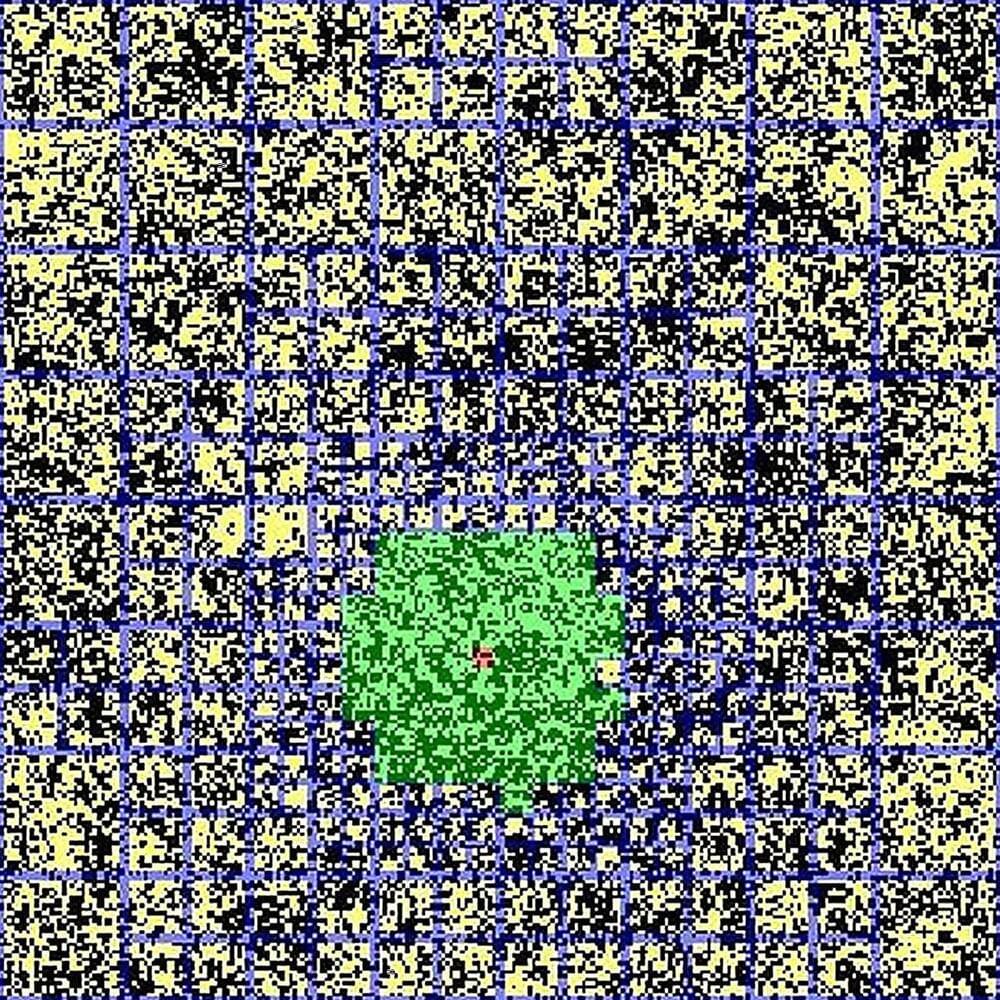
Researchers at Leipzig University have developed a highly efficient method to investigate systems with long-range interactions that were previously puzzling to experts. These systems can be gases or even solid materials such as magnets whose atoms interact not only with their neighbors but also far beyond.
Professor Wolfhard Janke and his team of researchers use Monte Carlo computer simulations for this purpose. This stochastic process, named after the Monte Carlo casino, generates random system states from which the desired properties of the system can be determined. In this way, Monte Carlo simulations provide deep insights into the physics of phase transitions.
The researchers have developed a new algorithm that can perform these simulations in a matter of days, which would have taken centuries using conventional methods. They have published their new findings in the journal Physical Review X.
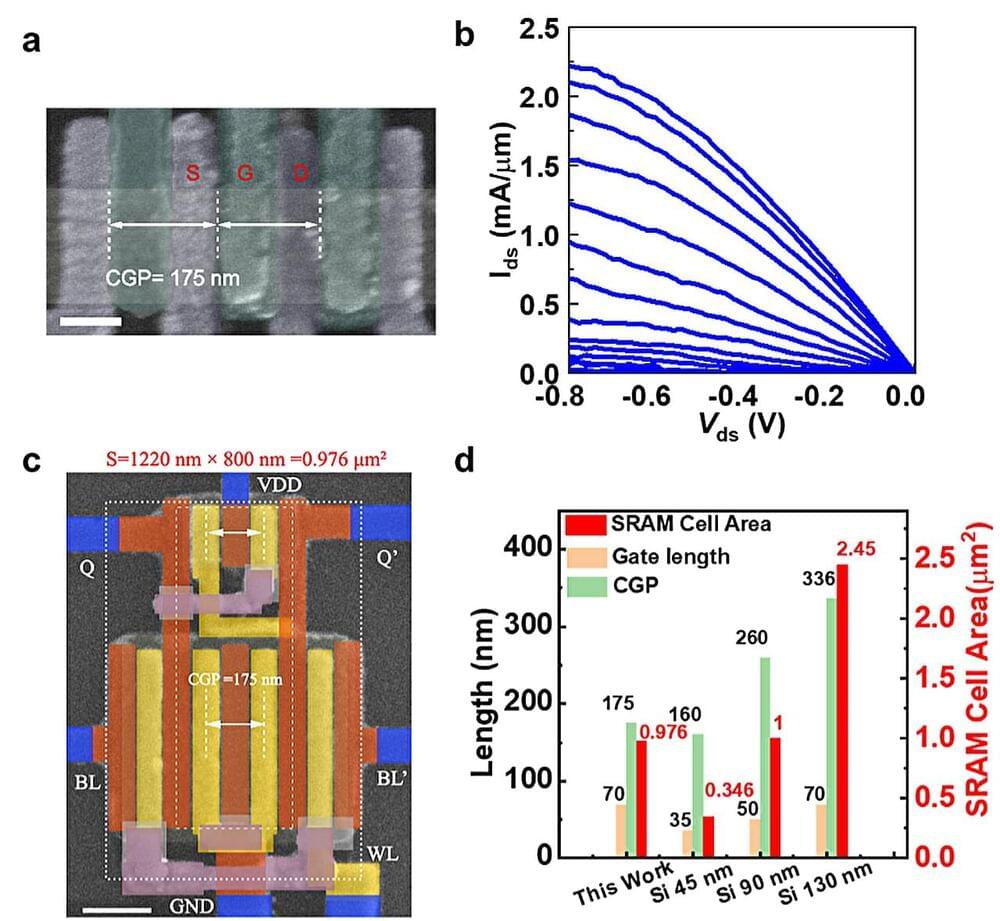
Carbon nanotubes, large cylindrical molecules composed of hybridized carbon atoms arranged in a hexagonal structure, recently attracted significant attention among electronics engineers. Due to their geometric configuration and advantageous electronic properties, these unique molecules could be used to create smaller field-effect transistors (FETs) that exhibit high energy efficiencies.
FETs based on carbon nanotubes have the potential to outperform smaller transistors based on silicon, yet their advantage in real-world implementations has yet to be conclusively demonstrated. A recent paper by researchers at Peking University and other institutes in China, published in Nature Electronics, outlines the realization of FETs based on carbon nanotubes that can be scaled to the same size of a 10 nm silicon technology node.
“Recent progress in achieving wafer-scale high density semiconducting carbon nanotube arrays brough us one step closer to the practical use of carbon nanotubes in CMOS circuits,” Zhiyong Zhang, one of the researchers who carried out the study, told Phys.org. “However, previous research efforts have mainly focused on the scaling of channel or gate length of carbon nanotube transistors while keeping large contact dimensions, which cannot be accepted for high density CMOS circuits in practical applications.
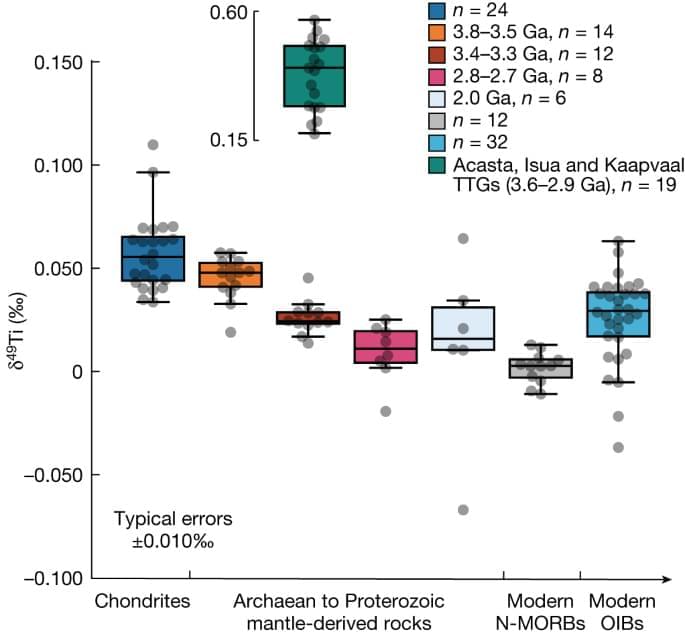
Powders of samples were weighed into precleaned Savillex beakers and dissolved with mixtures of 22 M HF and 14 M HNO3 acids in a 2:1 volume ratio. The modern OIBs and four reference materials (that is, BHVO-2, BCR-2, AGV-2 and BIR-1) were digested on a hot plate at 120 °C for four days. Note that all chondrite and Archaean ultramafic/mafic rock samples were digested in Parr bomb vessels at 220 °C for three days to ensure full dissolution of refractory phases. Dissolution of the dried samples in 5–10 ml 6 M HCl at 120 °C and evaporation was carried out several times to decompose the fluorides formed from HF digestion until clear solutions were obtained. An aliquot of each sample was taken and spiked with a prepared 47 Ti–49 Ti double spike to determine in advance the Ti concentration using an iCAP RQ inductively coupled plasma mass spectrometer at the Centre for Star and Planet Formation (StarPlan) at the University of Copenhagen. Afterwards, aliquots containing 6 µg Ti were taken and mixed with a 47 Ti–49 Ti double spike as described previously in ref. 34. The dried mixtures were dissolved with 6 M HCl at 120 °C overnight to ensure sample–spike equilibration.
Titanium was separated from matrix elements following a three-step purification protocol using AG1x8 (200–400 meshes) and DGA resins34,68, that is, first to separate Fe with 6 M HCl elution on AG1x8 columns, second to remove most of the major and trace elements through 12 M HNO3 elution and to collect Ti with Milli-Q H2O on DGA columns and third to purify Ti from the remaining matrix elements with 4 M HF cleaning on AG1x8 columns. An extra DGA pass can be carried out to remove trace amounts of Ca and Cr in the final Ti cuts. To destroy the resin particles and organics from column chemistry, the Ti cuts were treated with 14 M HNO3 at 120 °C before storage in 0.5 M HNO3 + 0.01 M HF acids.
Titanium isotopic compositions of the purified samples were measured using the ThermoFisher Scientific Neoma Multicollector ICP-MS. Sample solutions with 500–800 ppb Ti dissolved in 0.5 M HNO3 + 0.01 M HF were introduced into the multicollector inductively coupled plasma source mass spectrometer by means of an APEX HF desolvating nebulizer from Elemental Scientific and a sapphire injector was used instead of the quartz-made injector to reduce the production of silicon fluorides from the use of HF solvent. An actively cooled membrane desolvation component was attached after the APEX to suppress oxide formation and to stabilize the signals, and N2 gas at a flow rate of a few ml min−1 was added to improve the sensitivity. Such a setting typically provides an intensity of around 15 V on 48 Ti+ at an uptake rate of about 50 μl min−1 for a 600-ppb Ti solution under a medium mass-resolution mode.

Until the early 20th century, the question of whether light is a particle or a wave had divided scientists for centuries. Isaac Newton held the former stance and advocated for his “corpuscular” theory. But by the early 19th century, the wave theory was making a comeback, thanks in part to the work of a French civil engineer named Augustin-Jean Fresnel.
Born in 1,788 to an architect, the young Fresnel had a strict religious upbringing, since his parents were Jansenists — a radical sect of the Catholic Church that embraced predestination. Initially he was home-schooled, and did not show early academic promise; he could barely read by the time he was eight. Part of this may have been due to all the political upheaval in France at the time. Fresnel was just one year old when revolutionaries stormed the Bastille in 1,789, and five when the Reign of Terror began.
Eventually the family settled in a small village north of Caen, and when Fresnel was 12, he was enrolled in a formal school. That is where he discovered science and mathematics. He excelled at both, so much so that he decided to study engineering, first at the École Polytechnique in Paris, and then at the École Nacionale des Ponts et Chaussées.

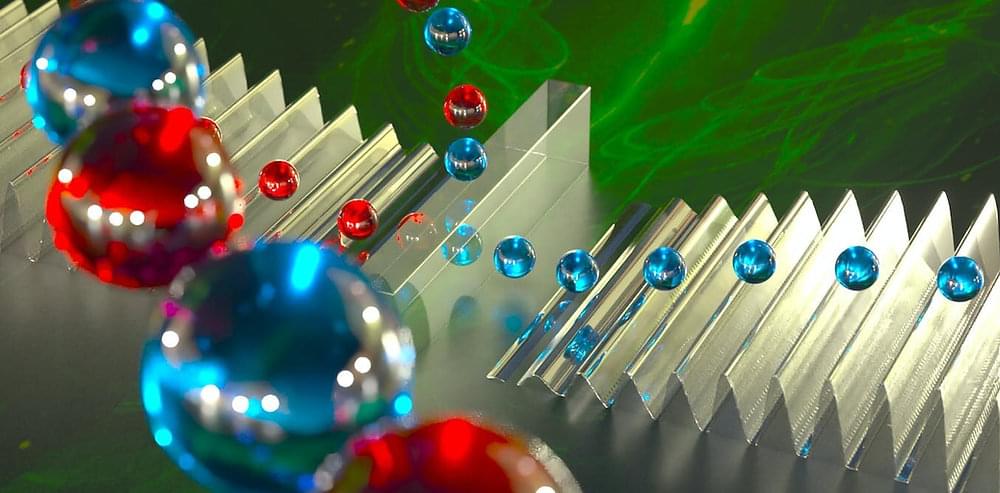
When you turn on a lamp to brighten a room, you are experiencing light energy transmitted as photons, which are small, discrete quantum packets of energy. These photons must obey the sometimes strange laws of quantum mechanics, which, for instance, dictate that photons are indivisible, but at the same time, allow a photon to be in two places at once.
Similar to the photons that make up beams of light, indivisible quantum particles called phonons make up a beam of sound. These particles emerge from the collective motion of quadrillions of atoms, much as a “stadium wave” in a sports arena is due to the motion of thousands of individual fans. When you listen to a song, you’re hearing a stream of these very small quantum particles.
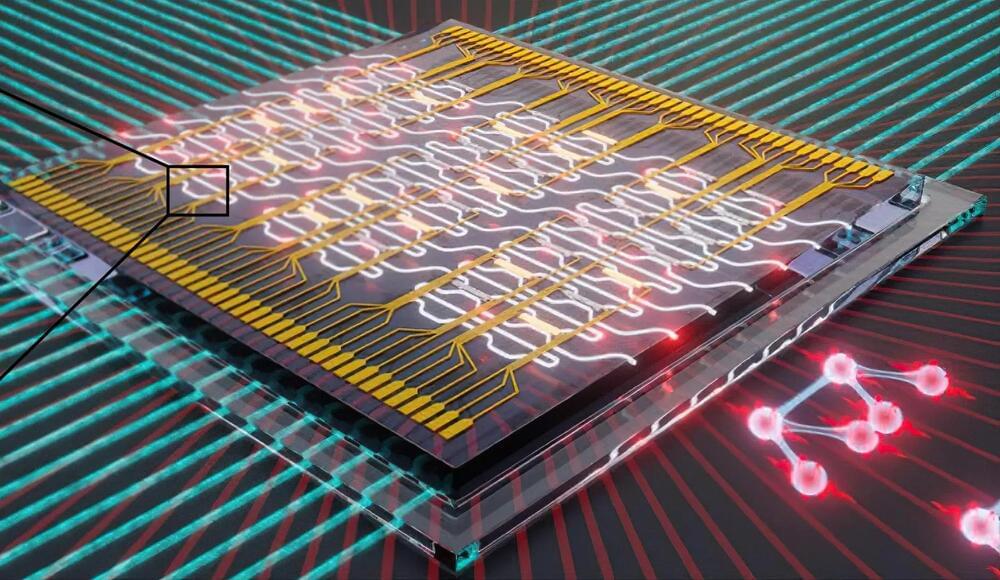
Scientists at the Niels Bohr Institute, in cooperation with the University of Münster and Ruhr-Universität Bochum, developed new technology capable of processing the enormous amounts of information quantum systems generate. They’ve successfully linked deterministic single-photon.
A photon is a particle of light. It is the basic unit of light and other electromagnetic radiation, and is responsible for the electromagnetic force, one of the four fundamental forces of nature. Photons have no mass, but they do have energy and momentum. They travel at the speed of light in a vacuum, and can have different wavelengths, which correspond to different colors of light. Photons can also have different energies, which correspond to different frequencies of light.